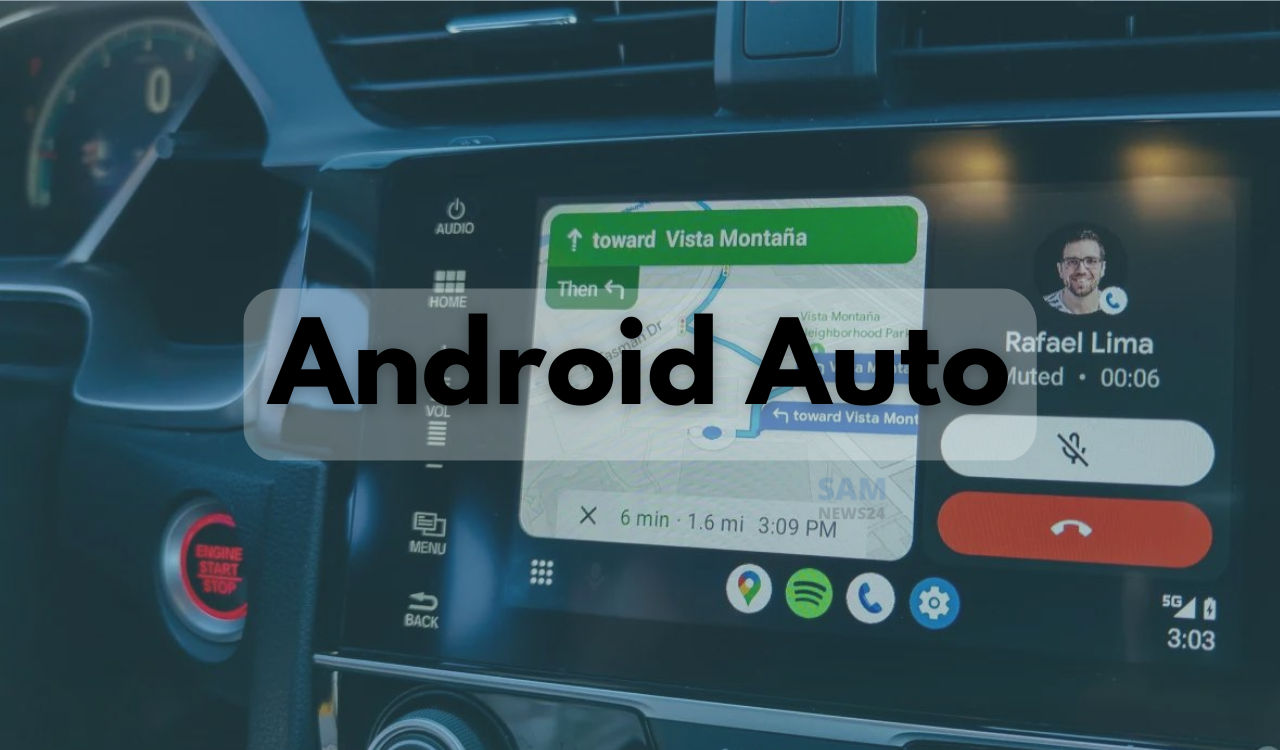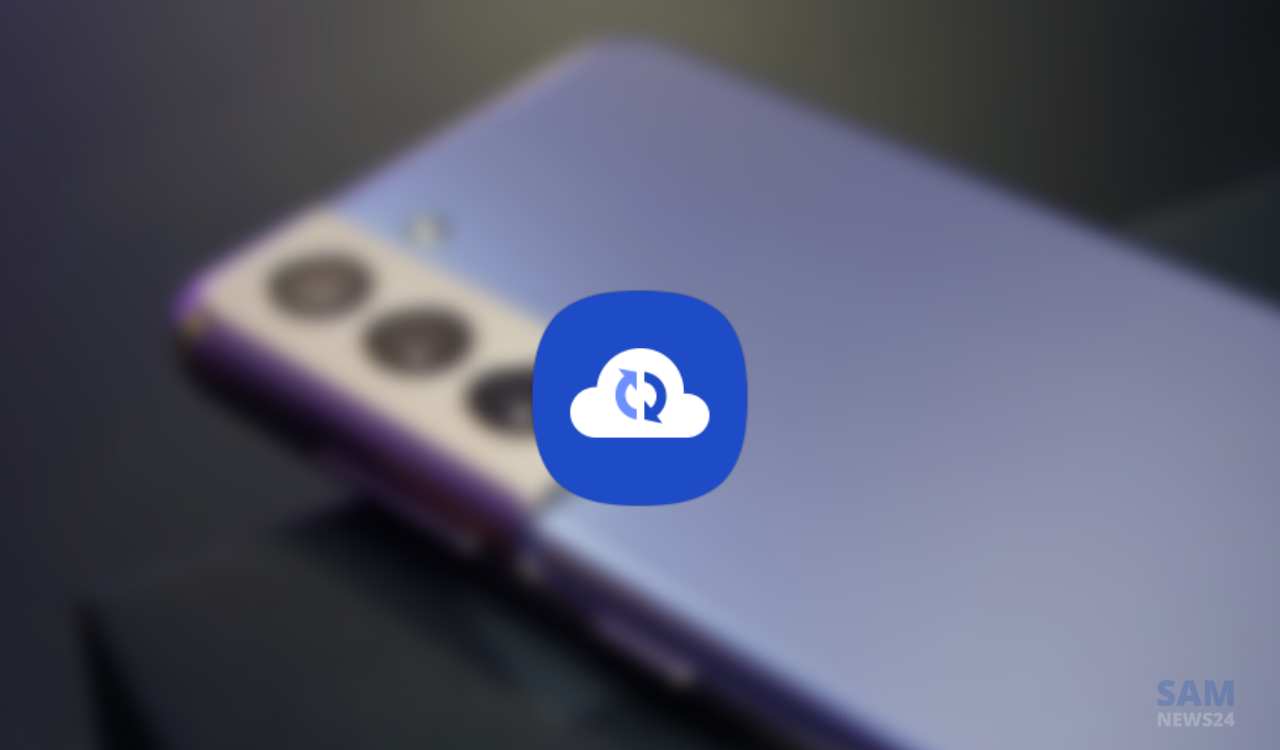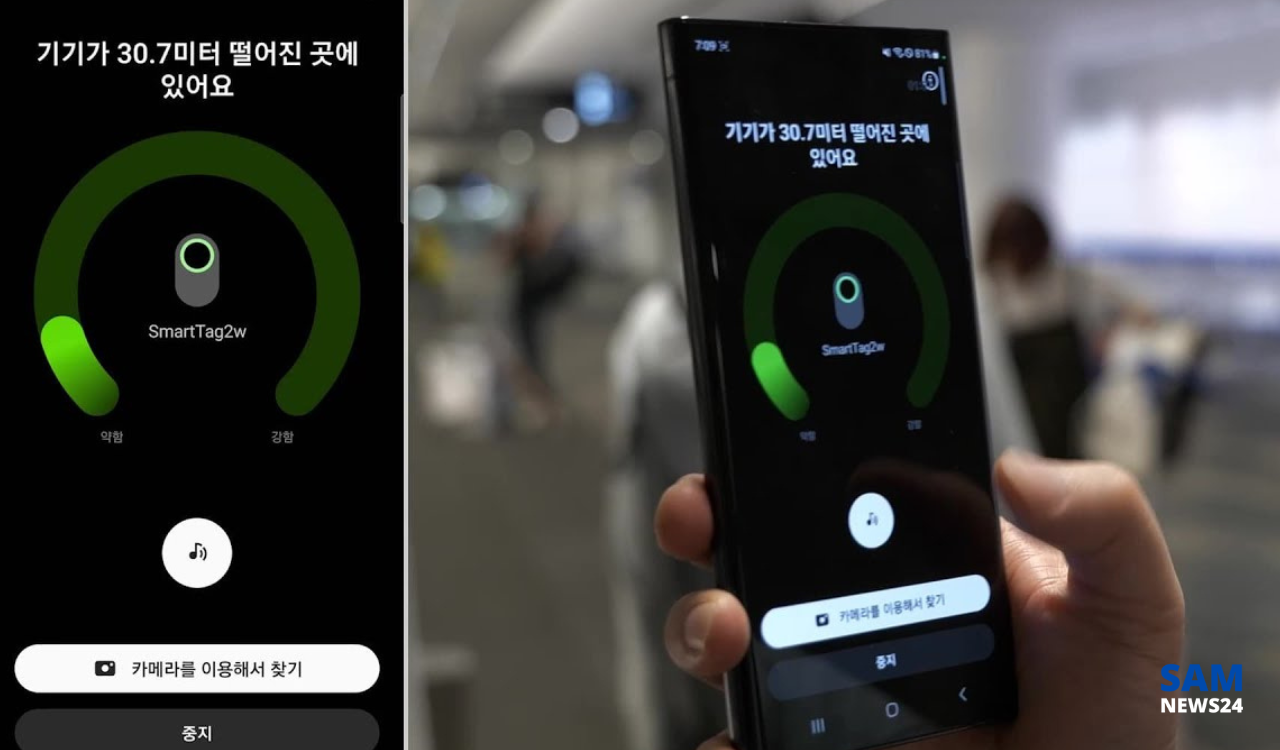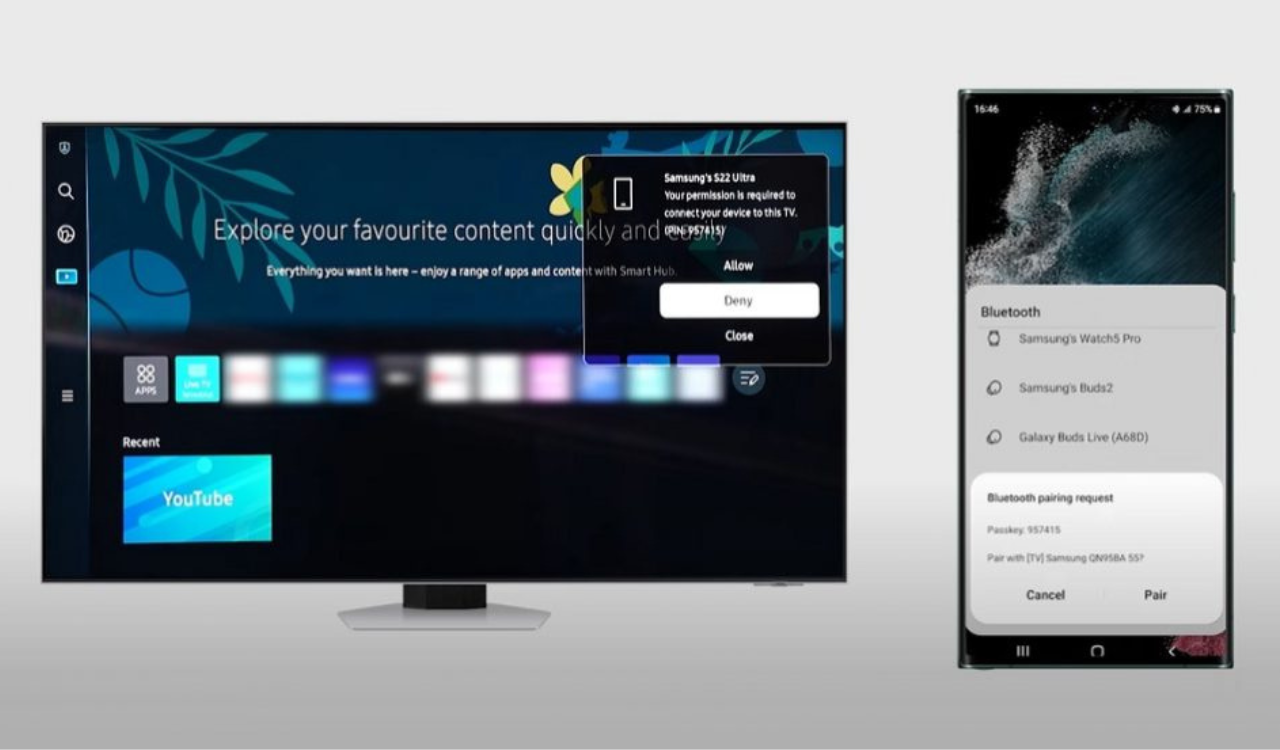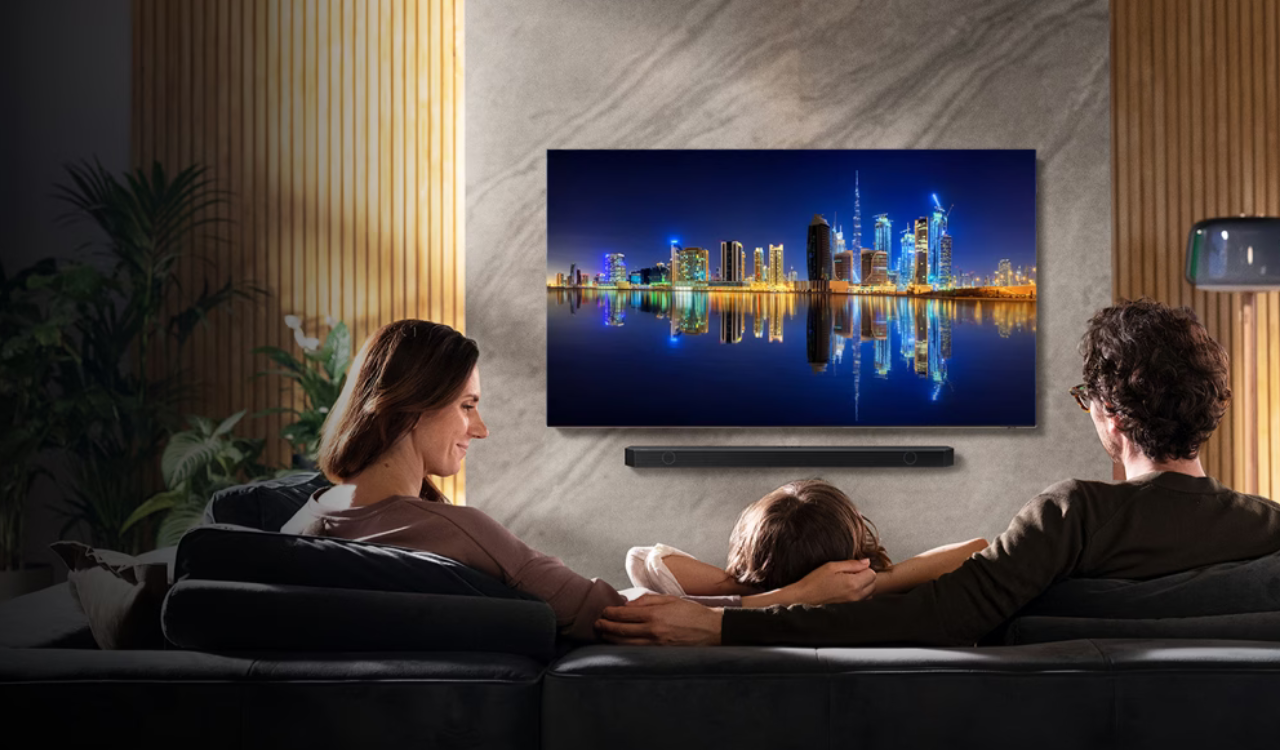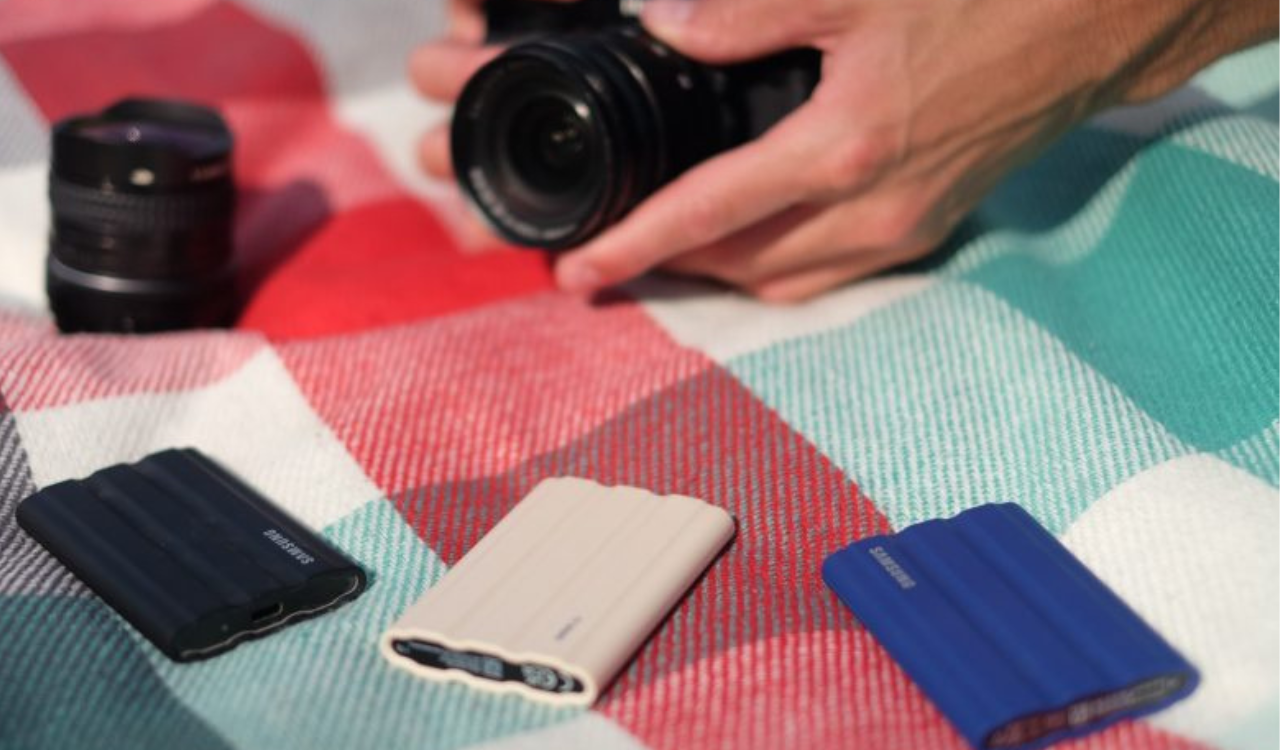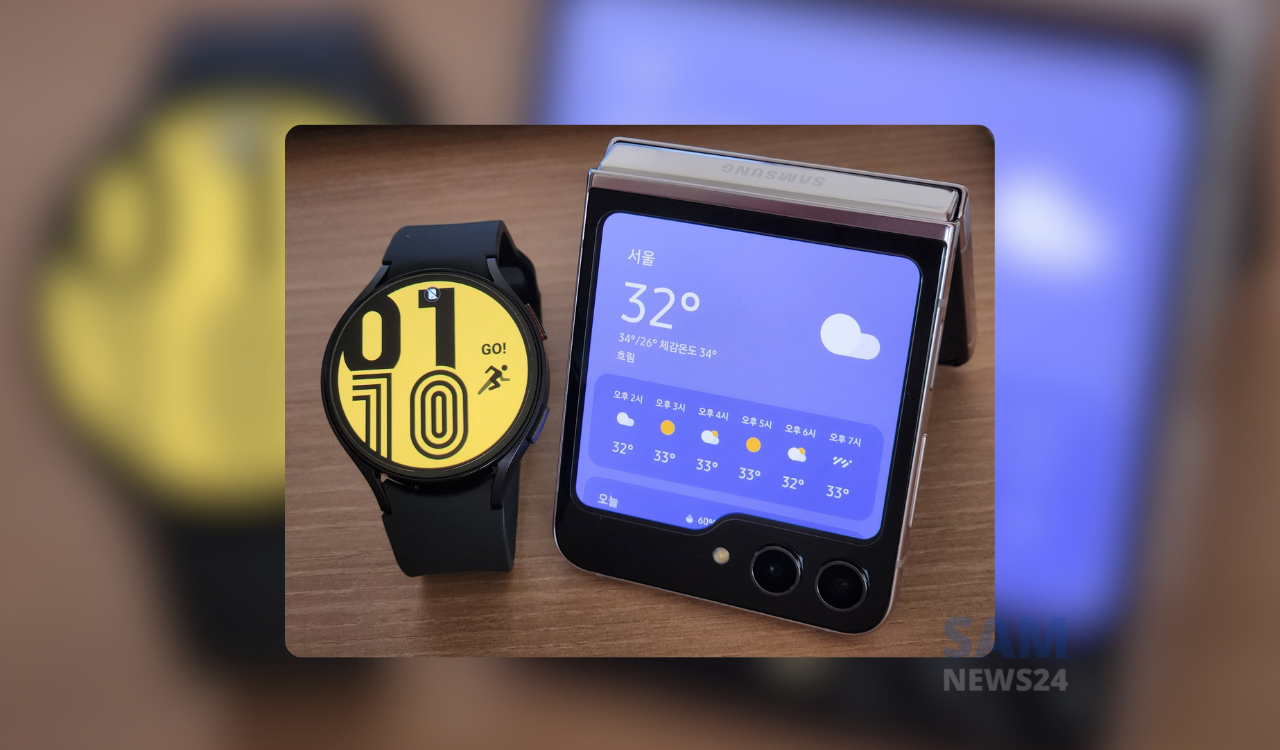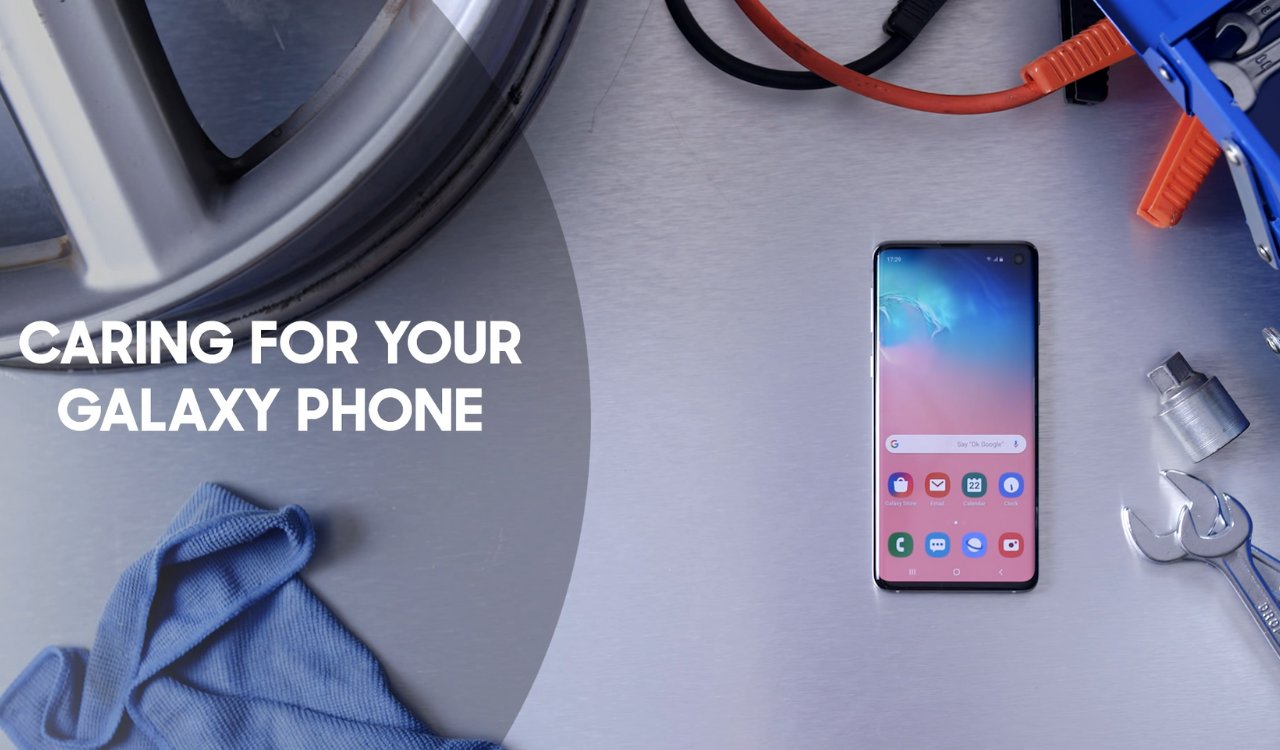After entering into another phase of public beta in November, Google is presently rolling out the Android Auto split screen redesign into a stable one, the same has been starting yesterday.
Talking about the tentpoles navigation with fullscreen Google Maps while Material You media controls that visually match Android 13 with a list of “For you” suggestions available by swiping left.
While this is offered through a card-based, split-screen UI in order to provide better multitasking. Also, with supports widescreen and portrait displays. Based on orientation, the taskbar is much like Android 12L and android 13 tablets. It shows status icons that include cell connection, battery, and time. Also the tappable notification count, apart from this Google Assistant microphone shortcut, and a navigation button. The same is responsible to open the app launcher, which also allows you to go back to the side-by-side dashboard.
Additionally, the latest apps will seem to be found in the middle of the strip for instant multitasking. That starts with Google Maps, then media and communication apps. Notably, vertical rails show three apps at a time but horizontal navigation rails can fit a fourth one also.
WhatsApp calls with Android Auto soon with the latest Pixel and Samsung phones
While the key aspect of multitasking on this redesign is contextual cards. It comprises one for missed messages and calls with smart replies offered. Moving towards the forthcoming add-ons then it includes a seekable progress bar for music and podcasts. Whereas, you’ll be able to make WhatsApp calls with Android Auto soon. This is while connected to the latest Pixel and Samsung phones. One more related accomplishment is digital car key sharing on Samsung, while Xiaomi users also have access to it.
Meanwhile, on the Android Automotive front (Google Automotive Services), the addition of new HD maps gives precise road details. The same has included lane markers, signs, and road barriers. Notably, this first appeared in the Volvo EX90 and Polestar 3 and is meant to “support automakers’ assisted and autonomous driving technology for safer, more hands-free driving on select roadways.”
